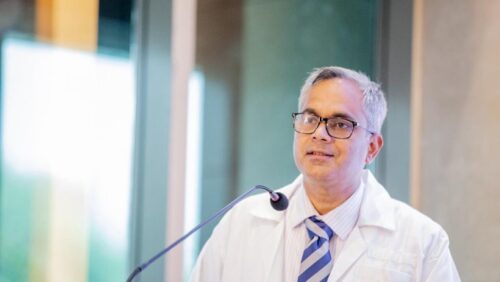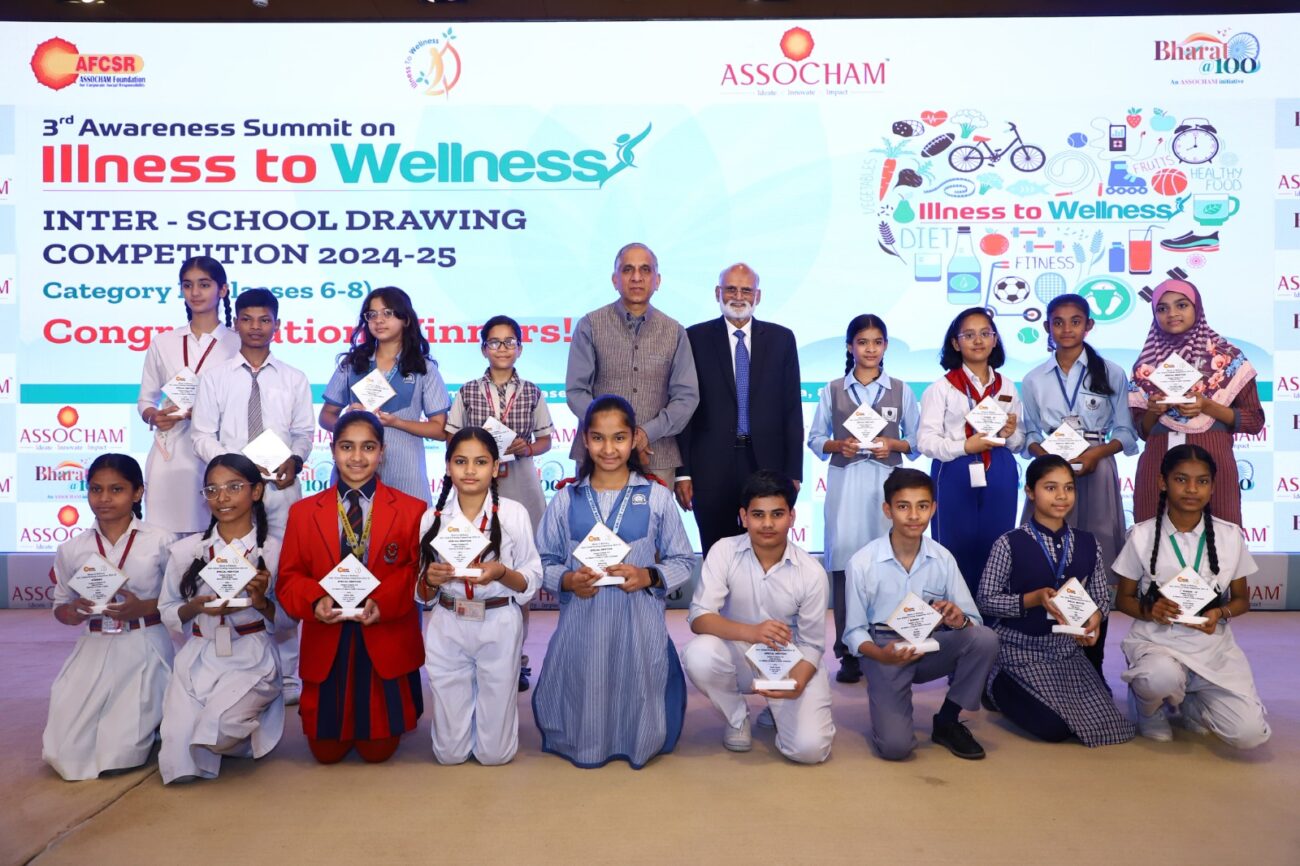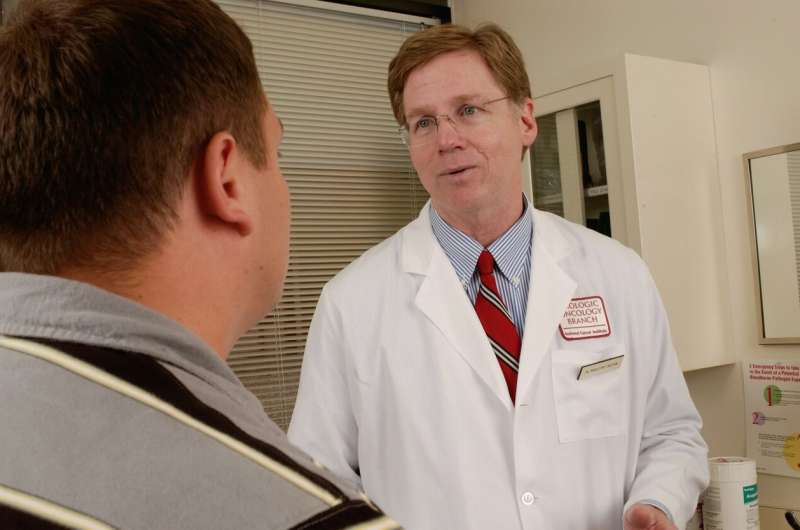Doctors at Apollo Cancer Centre perform Robotic -Assisted Surgery to remove a massive 1.13 kg Adrenal tumour; Middle aged man with high BMI gets a new life
Apollo Cancer Centre, one of the top super speciality hospitals in India, performed a robot-assisted surgery to remove an extremely large adrenal myelolipoma (a non-cancerous tumour of the adrenal gland) measuring 18 cm and weighing

Apollo Cancer Centre, one of the top super speciality hospitals in India, performed a robot-assisted surgery to remove an extremely large adrenal myelolipoma (a non-cancerous tumour of the adrenal gland) measuring 18 cm and weighing over a kilogram to save a 49-year-old male patient. This complex robot-assisted surgery was performed by Dr. Ragavan N, Senior Consultant in Uro-Oncology, and his team from Apollo Cancer Centre using the da Vinci Xi robotic platform by Intuitive.
The patient was diagnosed with a large adrenal tumour, 18 cm in size, significantly larger than the average tumour, which typically measures 5 to 7 cm. Unlike standard cases, where an adrenal tumour sits on top of the kidney, this tumour encroached behind the right kidney, compressing the IVC (Inferior Vena Cava), as well as a significant part of the liver. The pre-operative workup indicated that the tumour was likely a myelolipoma. The doctors at Apollo Cancer Centre decided to proceed with robot-assisted adrenalectomy due to the significant risks posed by the size and position of the tumour.
Commenting on the complexity of this case, Dr. Ragavan N, Senior Consultant in Uro-Oncology at Apollo Cancer Centre, said, “In open surgery, handling such a large tumour can pose significant challenges. The soft and fragile nature of adrenal tumours, especially myelolipoma, which is composed of fat cells, can increase the risk of rupturing the tumour during manipulation. Even though the pre-operative evaluation suggested a myelolipoma, we were concerned about the probability of malignancy. Any rupture of the tumour (especially if it was malignant) could have led to metastasis (spread of cancer cells). Therefore, the decision to perform robotic-assisted surgery with the da Vinci system was crucial because of the dexterity, precision, and stability offered by the robotic arms, which enhanced our ability to lift and remove the tumour safely without causing any rupture.”
Expressing his gratitude, the 49-year-old patient said, “I’m extremely thankful to Dr. Ragavan N and the medical team at Apollo Cancer Centre who assisted him during the surgery. They counselled me about the benefits and risks of undergoing robot-assisted surgery and executed the surgery to remove the tumour safely without any complications. Without their support and care, I would not have recovered so quickly and returned to my normal life sooner than I expected.”
Dr. Ragavan N further elaborated, “Considering how obese the patient was (110 kg), the complex position and large size of the tumour, open surgery would have posed immense challenges. Removing such a large tumour would have required a 25 – 30 cm incision, which would have significantly impacted wound healing and recovery time, increasing the risk of developing a hernia. Locating the adrenal vein, a very critical yet extremely small structure, would have been extremely difficult in this case owing to the enormous size of the tumour. The minimally invasive nature of robot-assisted surgery with its 3D vision and dexterity made it easier for us to navigate through the challenges and perform the surgery. The enhanced precision and control offered by robot-assisted surgery minimize the risk and improve patient outcomes.”






